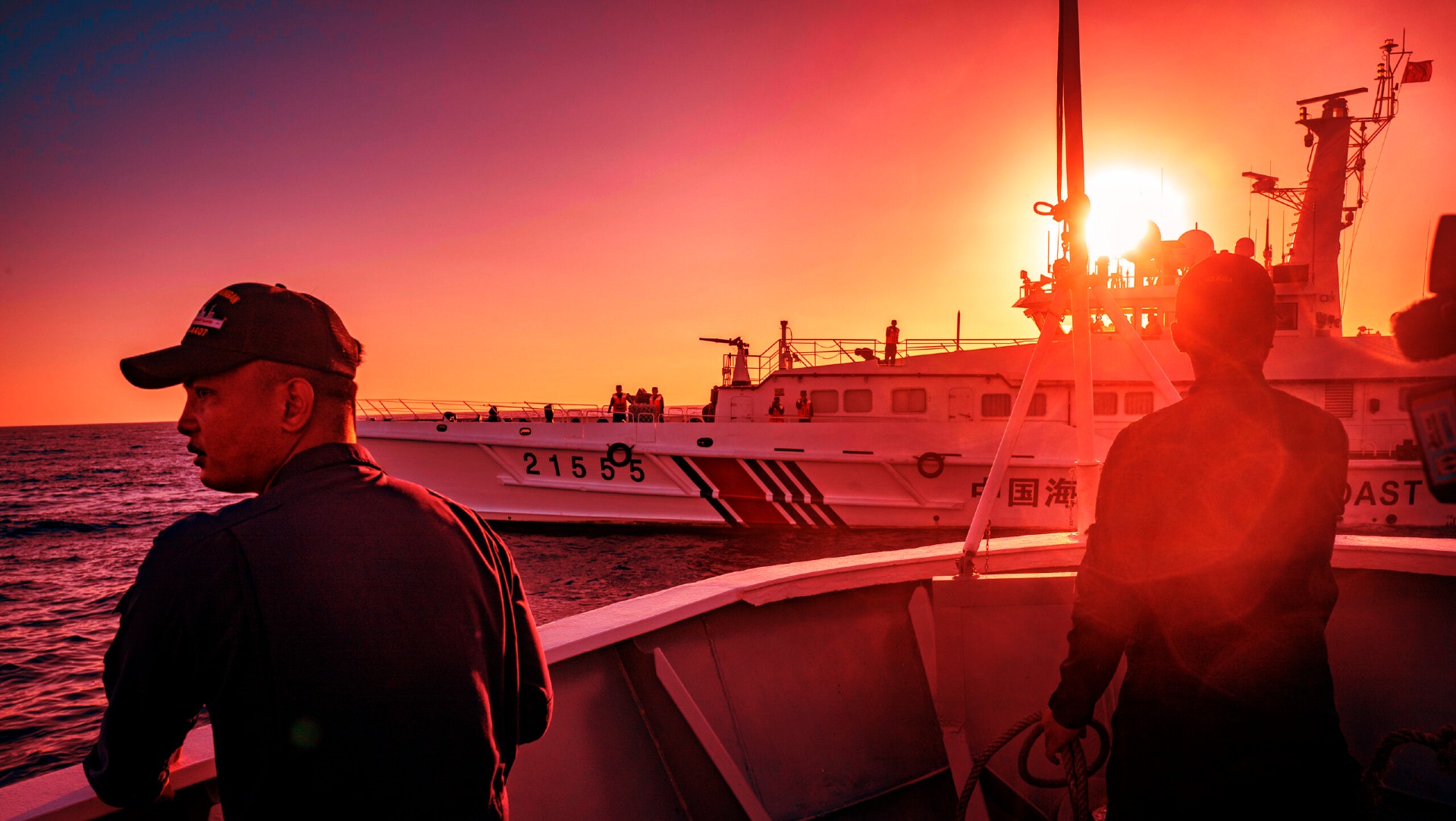Is there a secret to longevity? This health expert says 1,000% yes
In the era of social media, post-COVID, and with mental health at the forefront, a shift is taking […]

Recent incidents involving Chinese and Philippine ships in the South China Sea have sparked concerns regarding Beijing’s assertive behaviour in the region and its impact on Manila’s relationship with Washington.
Amidst these incidents, the intentions behind China’s actions have come into question. Experts suggest that China is seeking to assert control over the disputed waters and test the Philippines’ relationship with the US.
This is evident from China’s actions in putting pressure on the Philippines without a similar level of pressure on Vietnam, which also lays claim to areas near the site of the recent incident.
The frequency of such incidents has increased since Philippine President Ferdinand Marcos Jr. affirmed his country’s refusal to submit to China’s claims of control over Philippine waters, in violation of a ruling by a UN tribunal.
The Philippines has filed numerous diplomatic protests against China’s aggressive actions in the region, leading to heightened tensions.
The United States has reiterated its commitment to the US-Philippines Mutual Defense Treaty, which extends to armed attacks on Philippine armed forces and public vessels.
This commitment was emphasized during a recent call between US National Security Advisor Jake Sullivan and his Philippine counterpart, highlighting the importance of the US-Philippines alliance in ensuring a free and open South China Sea.
As tensions continue to escalate in the region, it is imperative for all parties involved to engage in diplomatic dialogue and uphold international maritime laws to prevent further confrontations.
The South China Sea remains a crucial area of interest for regional stability, and a collaborative approach is necessary to address the challenges posed by conflicting territorial claims.
The most recent collision between Chinese and Philippine vessels took place near Sabina Shoal, a disputed area in the South China Sea, resulting in damage to two ships but no injuries.
While it remains unclear who is at fault, the US National Security Advisor denounced China’s deliberate collision with the Philippine Coast Guard vessels, emphasizing that the vessels were operating lawfully.
The Philippine government has also attributed blame to China, with Jonathan Malaya, assistant director-general of its National Security Council, stating that the Chinese Coast Guard was in the wrong and attempting to misrepresent the situation.
Additionally, a regional expert closely monitoring China’s military activities in the region, Collin Koh, highlighted China’s aggressive maneuvers and violation of collision regulations.

In the era of social media, post-COVID, and with mental health at the forefront, a shift is taking […]

With its fast speeds and revolutionary potential, 5G stands out as a noteworthy milestone in the field of […]